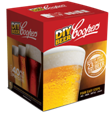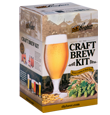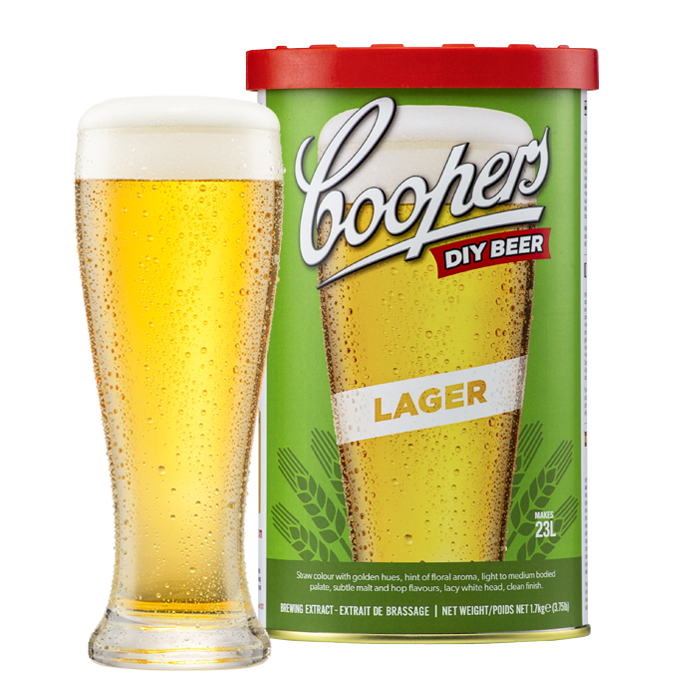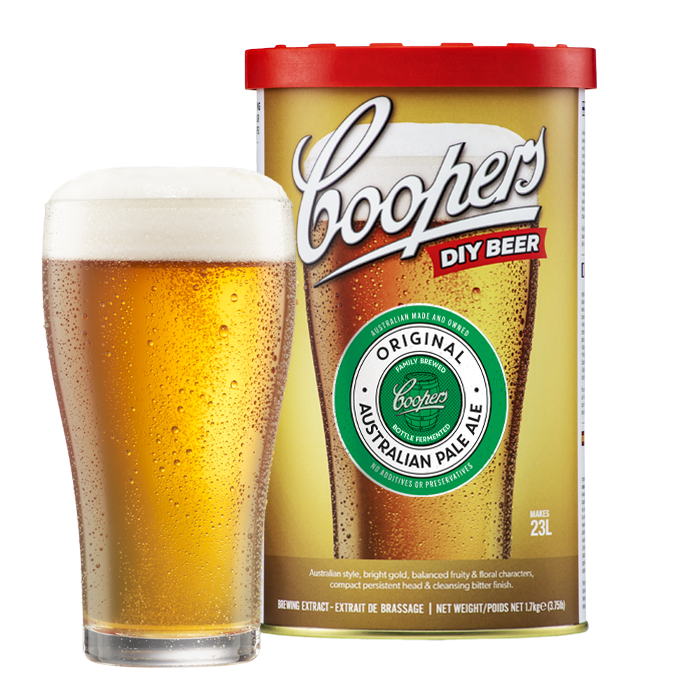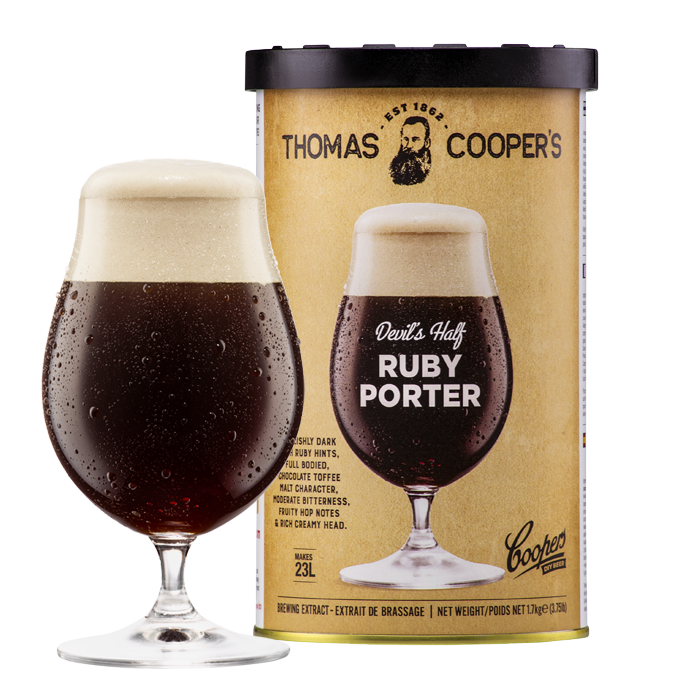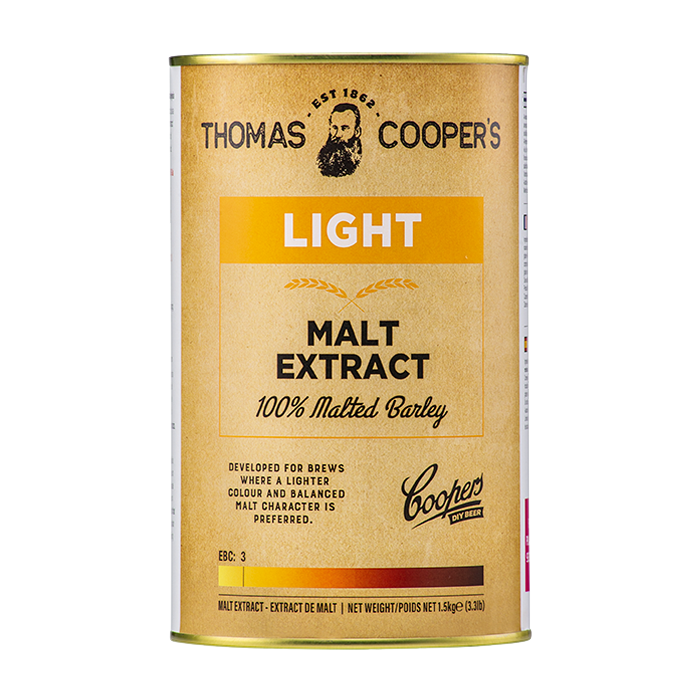There are a couple of options open to you when it comes to kegging. If you are in a hurry for the beer (a party on the weekend) and it will be consumed within a couple of months, then artificial carbonation is the best option. Natural conditioning will give you a better beer in our opinion but the conditioning period is much longer (several weeks as opposed to several days). Well made, naturally conditioned beer will last as long in the keg as it does in bottles (at least two years or so). Artificially carbonated beer will deteriorate after a few months.
Natural Conditioning
Clean and sanitise the keg thoroughly.
Prime with sugar at the rate of 4g per litre.
Rack via a piece of sanitised, flexible tubing so that the beer runs to the bottom of the keg. Leave 5 – 10 cm of headspace at the top.
Seal the keg then invert and give it a shake to mix the sugar and check that the seal is good.
Store at 18°C or above for a week, then allow the beer to condition for at least two weeks.
Refrigerate for a day or two, momentarily release the keg pressure, then connect the gas at required pouring pressure 35 – 100 kPa, depending on your system. (Fifty litre kegs through a temprite or miracle box may require up to 300 kPa).
Artificial Conditioning (Force Carbonating)
Clean, sanitise, purge (purge by connecting the CO2 bottle to force the air out of the keg) and rack as per the natural conditioning procedure, without the priming sugar.
If you are in a hurry for the beer, seal the keg, pressurise to 300 kPa and shake it about 100 times (for an 18 – 20 litre keg) with the gas connected. If there is no rush or you’re not feeling energetic, leave the gas connected with the regulator set at 300 kPa for 2 – 3 days. CO2 will be absorbed more quickly if the beer is refrigerated.
Place in the fridge for several days then adjust to pouring pressure. The beer will be drinkable as soon as it is cold, but will improve for several weeks in the fridge.
For crystal clear beer, rack into a sanitised, airtight, food grade container (flush with CO2 first) and refrigerate for a week. Once the beer is clear, keg and carbonate artificially.
Troubleshooting
Degassing the keg over a day or two will usually rectify over-carbonation. Agitate the keg and release the CO2 several times a day until the beer has reached the desired level of carbonation.
If the beer is pouring badly but appears to have little or no carbonation, check to ensure that there are no kinks or holes in the beer and gas lines.
Contrary to logic, heady beer can be a result of low gas pressure and increasing the pressure via the regulator will often fix the problem.
A short beer line may also be the cause of heady beer. Look to use about 3m of 5mmID line, 2m of 4mmID line or an in-line restrictor.

